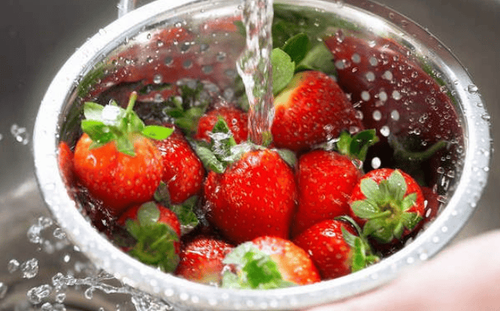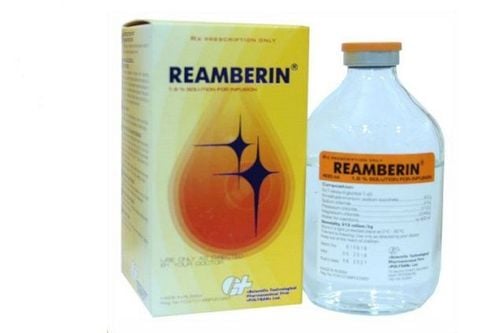This is an automatically translated article.
Color additives are very safe when used correctly. There is no such thing as absolute safety of any substance. In the case of a new color additive determine if there is reasonable certainty that there is no harm under the proposed conditions of use of the color additive. Here's more information you should know about color additive safety.1. What are color additives?
Substances added to food to maintain or improve the safety, freshness, color, taste, texture or appearance of food are called food coloring additives.Food coloring additives that give your fruit their red color and mint-flavored toothpaste blue. They are dyes, pigments or other substances that can impart color when added to or applied to foods, drugs, cosmetics, or the human body. They can be found in a wide range of consumer products from cough syrup and eyeliner to contact lenses and cereals.
Many different types of food coloring additives have been developed over time to meet the needs of food production, as large-scale food production is very different from small-scale production in home. Additives are needed to ensure processed foods remain safe and in good condition throughout their journey from the factory or industrial kitchen, during transport to warehouses and stores, and finally, is in the hands of consumers.
The use of food additives is justified only when their use has a technological need, is not misleading to the consumer, and serves a well-defined technological function, such as to preserve the nutritional quality of the food or improve the stability of the food.
Food coloring additives can be of vegetable, animal or mineral origin, or they can be synthetic. They are intentionally added to foods to fulfill some technological purpose that consumers normally take for granted. There are thousands of food coloring additives in use, all of which are designed to do a specific job in making food safer or more appealing.
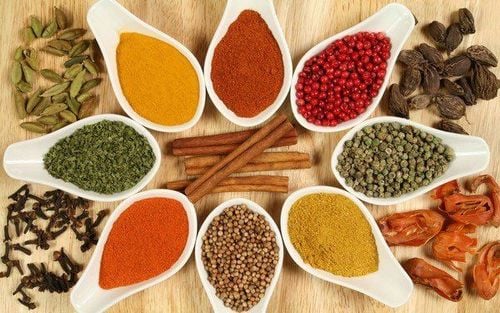
Phụ gia tạo màu thực phẩm có thể có nguồn gốc từ thực vật, động vật hoặc khoáng chất, hoặc chúng có thể là chất tổng hợp
2. Regulation of color additives used
This includes those used in foods (and supplements), drugs, cosmetics, and medical devices. These color additives (with the exception of coal tar hair dye) are subject to regulatory approval by the agency and must be used only in accordance with the approved intended use, specifications, and restrictions. Browser.During the approval process, experts evaluate safety data to ensure that the color additive is safe for its intended purposes. Coloring additives that have been found to cause cancer in humans should not be used in manufacturer-regulated products marketed.
3. Food coloring additives
The following seven artificial colorants are generally permitted for use in foods (most commonly bold). Reservoirs of these colorants are also allowed except for Red No. 3.Blue No. 1 - Brilliant Blue FCF, E133 (gloss blue). Blue No. 2 - Indigotine, E132 (indigo). Green No. 3 - Fast Green FCF, E143 (turquoise ball). Red No. 3 - Erythrosine, E127 (pink, commonly used in ice cherries). Red No. 40 - Allura Red AC, E129 (red ball). Yellow No. 5 - Tartrazine, E102 (yellow). Yellow No. 6 - Sunset Yellow FCF, E110 (orange shade). Two dyes are FDA-approved for limited applications:
Citrus Red 2 (orange) - only allowed to color orange peels. Orange B (red ball) - allowed for use in sausage casings and sausages only.
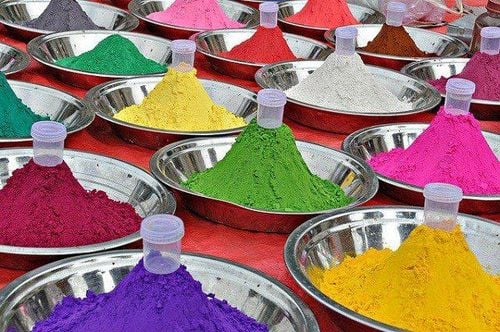
Trong quá trình phê duyệt, các chuyên gia đánh giá dữ liệu an toàn để đảm bảo rằng chất phụ gia màu là an toàn cho các mục đích dự kiến của nó
4. Health Risk Assessment of Food Color Additives
When manufacturers are responsible for assessing human health risks from food coloring additives. The risk assessment of the food coloring additive is carried out by an expert scientific team to assess its effects.Only food coloring additives that have undergone a safety assessment by the licensee and have been found not to pose a significant health risk to the consumer, may be used. This applies whether food additives come from natural sources or they are synthetic. National authorities, based on expert judgment or national assessment, may then authorize the use of food coloring additives at regulatory levels for specific foods.
Evaluations are based on scientific reviews of all available biochemical, toxicological and relevant data for a given color additive Mandatory animal tests, studies studies and observations in humans are considered. Toxicity tests at the request of the manufacturer include acute, short-term and long-term studies to determine whether food coloring additives are absorbed, distributed, and excreted as well as harmful effects. of the additive or its by-products at certain exposure levels.
The starting point for determining whether a food coloring additive can be used without harmful effects is to establish an acceptable daily intake. Studies an estimate of the amount of color additives in foods or drinks that can be safely consumed daily over a lifetime with no adverse health effects.
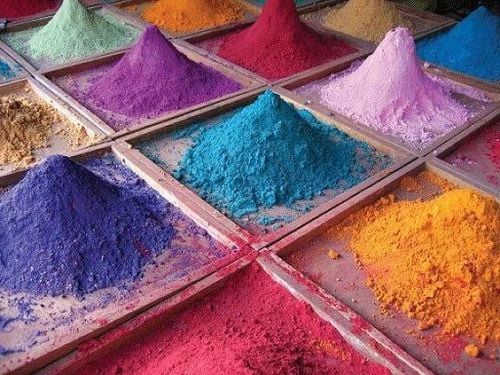
Việc đánh giá rủi ro của phụ gia tạo màu thực phẩm được thực hiện bởi một nhóm khoa học chuyên gia để đánh giá các tác động của nó
5. How do I know if a food coloring additive is in my food?
These standards are implemented in most countries, and food manufacturers are obligated to indicate what color additives are present in their products. For example, in the European Union, there is a law governing the labeling of food coloring additives according to a predefined set of “electronic numbers”. People who are allergic or sensitive to certain food coloring additives should check labels carefully.WHO encourages national authorities to monitor and ensure that food coloring additives in foods and beverages manufactured in their countries comply with their intended use, conditions and permitted by law. National authorities should oversee the food business, which is primarily responsible for ensuring that the use of food coloring additives is safe and in compliance with the law.
Please dial HOTLINE for more information or register for an appointment HERE. Download MyVinmec app to make appointments faster and to manage your bookings easily.
Reference source: fda.gov



